|
4th July 2021 It's a Sunday evening and I'm logged into Board Game Arena. the next game of the night is Railroad Ink. Do you spend a lot of time coming and going? Because that's what you'll be doing in Railroad Ink. Caveat: we've only ever played Railroad Ink digitally online. Additionally, we've only played the basic version of Railroad Ink Blue without the rives and lakes dice. What's in a game?
Since we only played railroad Ink digitally, there's not much that can be said about the quality of the components. Neither does the game have any significant artwork to speak of, the boards look bright and cheery, but that's about it. How's it play? Setup
Railroad Ink is played simultaneously by all players over 7 rounds.
Endgame Once all 7 rounds have been completed, the game goes to scoring. Railway: Each player scores their single longest unbroken railway line, gaining 1 point per connected square. Road: Each player scores their single longest unbroken road, also at 1 point per connected square. Centre: Each of the 9 central squares on the grid scores the player an additional point for a railway or road that runs through it. Exits: Each player scores their single biggest network of connected exits, it scores differently to railways and roads and there's a chart to calculate this. Generally each exit in the network scores 4 points, except if you manage to connect the 12th and final exit, which scores 5 instead! Dead end: Each player loses a point for each route that is a dead-end, i.e. does not connect to anything or does not connect to the edge of the grid (does not necessarily need to be one of the 12 exits though.). Final amounts are tallied, highest score wins! Overall
Railroad Ink is a game that hits that sweet-spot between rules-simplicity and depth-of-choice that has good potential crossover appeal to non-gamers. From the relatively short length of this blog, you can see that it's an easy game to learn, consisting mostly of; well, drawing what you see! However, it also gives players lots of choices, all of which will have impact right from the start of the game. The game's grid has 49 spaces and the maximum that can be filled in (In a basic game!) is 31, enough room to manoeuvre and also enough room to commit error. Players must try to maximise networks and connections and also minimise their potential losses. This involves equally trying to anticipate what they need and also adapting to rolls that don't give them that. It's a game of shifting optimisation. Railroad Ink has a lot of randomness and for gamers who like strategizing, this can be an anathema, but in Railroad Ink, the randomness is partially mitigated because it more or less affects everyone equally, i.e., everyone uses the same dice results. Obviously one player may be luckier than another if the rolls go their way, but it never feels like the dice are treating you worse for you than any other player. Ultimately, despite the dice rolls, it feels like player decisions are still of paramount, finding a way to use a route die that initially seemed bad can be satisfying and it's this blend of randomness and decision-making is what I like about Railroad Ink.
0 Comments
27th October 2020 Tuesday evening is here and I'm at 'The Sovereigns' in Woking with the Woking Gaming Club. Time for the first game of the evening; Karuba. Have you fancied yourself as an explorer just landed on some unmapped jungle island? Well in Karuba you control not just 1 explorer, but 4! All in a rush from beach to jungle in order to find temples, treasure and ultimately glory first before everybody. What's in a game?
How's it play? Set up The set up for Karuba very straightforward, if a tiny bit time consuming.
Gameplay for is very straightforward. Players are trying to move their explorers to the temple of the same colour. Unsurprisingly, this is done by laying tiles and moving the explores along the paths that are created. Karuba has no turns, everyone makes their choices at the same time.
Endgame Play continues until one player has moved all 4 of their explorers to the relevant temples, or as is more likely until the caller has depleted their entire stack. Players add the points of all the scoring tokens they've collected and the gold and diamond tokens, gold is worth 2 points and diamonds 1 point. Highest score wins. Overall
Despite the simplicity of the rules, Karuba gives players lots of decisions to make nearly all the time. The most common of these is whether to play a tile or discard it for movement. This is a very elegant mechanic, the best tile to build paths with is the crossroads, because it gives you the most options. But the crossroad is also the best tile to discard for movement, as it give you most movement. Early in the game, you'll obviously be wanting to play the tiles more often to build up your paths, but you can't afford to play them willy-nilly. A meandering path is something players will want to avoid. You may end up putting tiles in seemingly unconnected, random places, hoping to get the right tiles later on! Players have limited rounds in Karuba and will want to build their paths as efficiently as possible. The game has an absolute maximum of 36 rounds. If you look the photo of my gameboard from the end of the game. All 36 tiles were drawn. This means I played 19 tiles, which means I moved 17 times, whilst I managed to get 3 explorers to their destination, the blue explorer barely managed to leave their starting spot. Movement may also provide difficult decisions. For example; you may have an explorer who is just 1 step away from a treasure or a temple but have just drawn a crossroads tile which grants you 4 movement, using it on 1 movement can be a waster. Do you use it to move another explorer to maximise it's value, or do you use 1 movement to complete an objective and waste the rest of the movement? Also, when moving explorers, players will need think ahead a little, a badly placed explorer can block their colleagues, meaning it might require an entire round to clear the path. Only towards the end of the game, when I had connected everything up and reached 2 temples, did the decisions become no-brainers. But because the game is played simultaneously and other players were more or less in the same situation: There was little downtime between rounds, which passed very quickly. Karuba is a quick game to play anyway, if a player spends 1 minute deciding their move, the game has a play time of 36 minutes. The only small criticism I could level at Karuba is that there is no interaction with other players. Not a problem for me personally, but it can be for others. Otherwise I thought it was a good game. Quickly and easy to learn, quick and fun to play. Anybody can learn and play Karuba. It's such a visually driven game that players should quickly comprehend what they need to do. It's a game that's definitely going on my list. 20th October 2020 Tuesday evening in Woking at 'The Sovereigns'. Time for a boardgame with the Woking Gaming Club. Tonight's game was 'Ride the Rails'. Now Ride the Rails looks like a traditional railroad building game set in North America, but it has a few wrinkles that make it play a bit differently. What's in a game? Some of the components will seem familiar to any that's played a railroad building game
You may have noticed that I mentioned shares, but there are no components for shares and no money either. Well, more on that below... How's it play? Set up
Ride the Rails is played over 6 rounds. It's important to know that there are only 2 train companies (Red & blue.) available from round 1. The orange becomes available from round 2, yellow from round 3, purple from round 4 and black from round 5. No new companies appear in the 6th and final round. Additionally, each company has it's own rules for the placement of train meeples. A round consists of 3 actions, which all players will carry out.
Endgame Play continues until the 6th round has been completed. Final scores are tallied, highest score wins. Overall
As you can see, Ride the Rails is pretty straightforward and simple to understand, it also plays quite quickly. Don't let the simplicity fool you though, there is a fair a amount of depth here. Firstly; Ride the Rails has the classic dichotomy in which competing players may need to cooperate. If more than one player has spent a turn investing in a certain company, it's to both their benefits to expand that company efficiently. Being able to gauge which shares will generate the most points is vital to winning, if a player manages to get 2 or 3 shares (Out of their 6) in a rail line that will see a lot of use, they can potentially rake in a lot of points. If a player however invests too quickly in a single company, it can scare off players who might perceive they are helping another player too much. Remember, 2 players can build up a network much quicker than a single player. Secondly, building rail networks. In the first round, red and blue train meeples can only start in east coast cities and must more or less head west. Should a player create a meandering network that maximises connections? Or should they race towards the west coast? No single rail company can cross the entire map, it will probably take the efforts of 3 companies to do that and this will involve crossing the mountains. This means it's unlikely that more than 2 companies will connect the east and the west. Making this connection first can be very lucrative, it forces other players to either use the rail network you've got shares in, or waste time building a separate network and just like with shares, each player will only have 6 opportunities to build their network. I think that Ride the Rails is a good game, that has a lot of elements that will be familiar to experienced gamers but actually plays a bit differently. You buy shares, you just take them and you don't pay to expand a rail network, it just happens. There is no money in the game in fact, money immediately translates into points. I definitely want to try Ride the Rails again. 5th February Another Tuesday night at 'The Sovereigns'. The ladies bathroom was closed and most of the pub smelt of poo! But board gamers are a tough as it gets. So we endured and played on. The first game of the night was 'Century: Eastern Wonders'. This is the 3rd 'Century' game I've seen the other two are: Century: Spice Road. Century: Golem Edition. I've played Century: Spice Road previously and it was alright. It was sort of a deck building Resource trading/management card game. But a specifc random element in the game 'Really pisses me off to no end!' But enough talk of a game that I'm not actually blogging about. So Century: Eastern Wonders is a sequel of sorts to Spice Road game and contains rules for combining both games into a single game. Curious - but something for another time. In Eastern Wonders, you control a merchant ship that travels around, trading spices for profit. The first thing I'm going to say for this game is that even though it's more or less just a bunch of boat shaped meeples sitting on tiles - it is quite a pretty looking game. Unfortunately I didn't get a good photo of it. On to the gameplay.
First; let me explain the different spices. There are 4 types of spices, ranked from least to most valuable they are: Yellow - red - green - brown. In your turn you can move your ship 1 or more spaces, then you can perform 1 of 3 actions after moving.
There are some other mechanics, such as 'outposts'. Each player has their own board. On their board are 20 outpost markers arranged in 4 rows of five. In order to use the market action on a tile, the player must place a outpost marker on the tile. However, there are specific rules on how out post markers are removed from a player's board and placed on a market tile. Each market tile has a spice symbol (yellow, red, green, brown) and each of the 4 rows of outposts has a corresponding symbol. Thus: If playing an outpost marker on to a market tile with a yellow symbol, it must be the left-most outpost marker from the yellow row that is placed on to the market tile. This is important, as how markers are removed from your board makes difference.
And that's good. There's more than one strategy you can pursue to earning victory points. And there always seems to be a meaningful decision to make. Sometimes you just need to recognise and adapt your tactics when circumstances change. And that's it. I enjoyed Century: Eastern Wonders enough that it goes on to the 'would like to own' list and I may revisit Century Spice Road in the future with a different mindset. Dang! Just realised; I blogged a game tabout spices and I didn't make a single reference to 'Dune'. Well The spice mu - ah too late, screw it! |
AuthorI play, I paint. Archives
March 2024
Categories
All
|

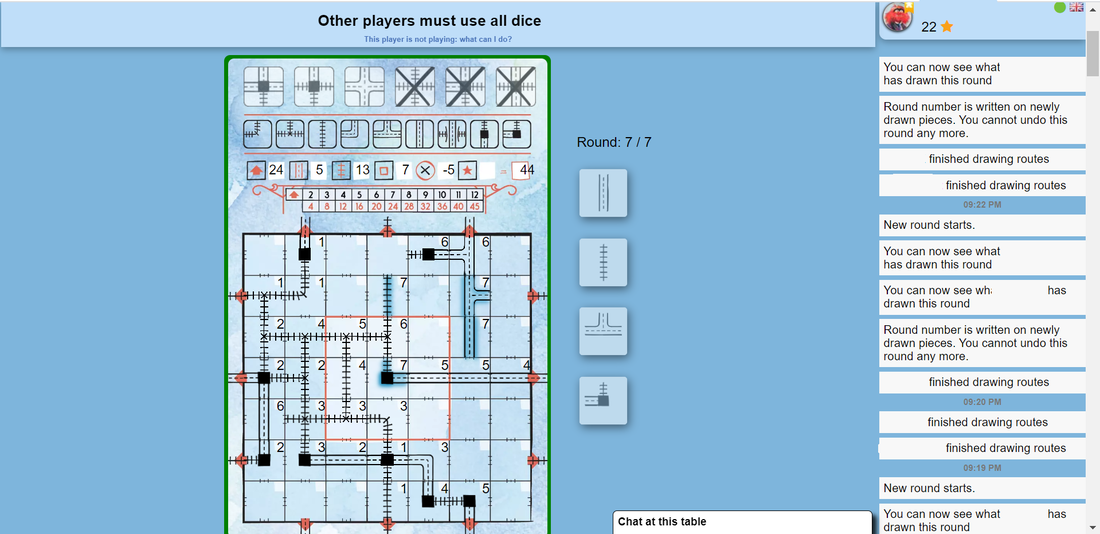
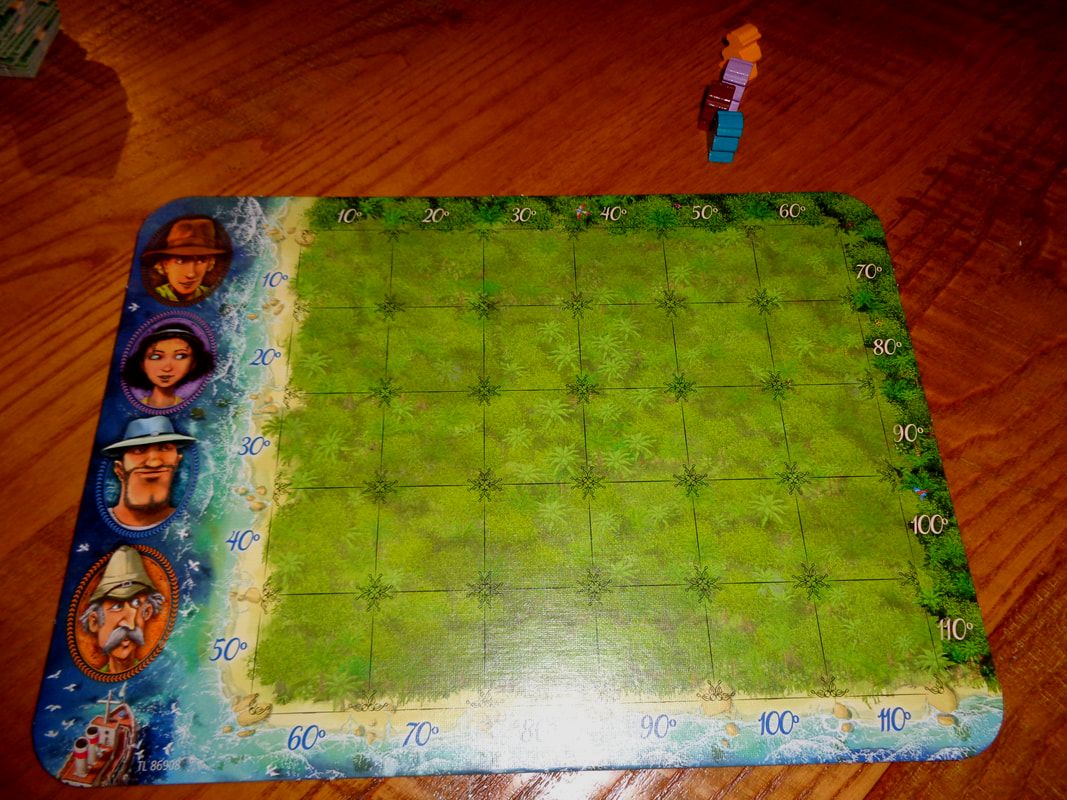
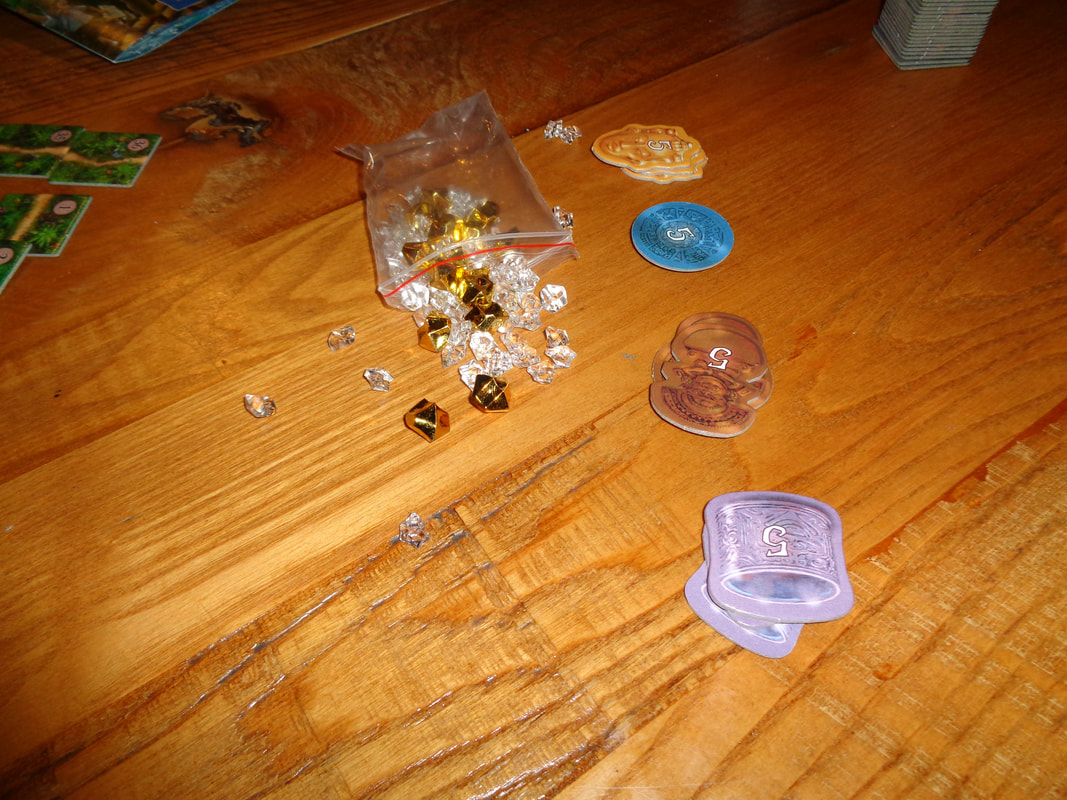
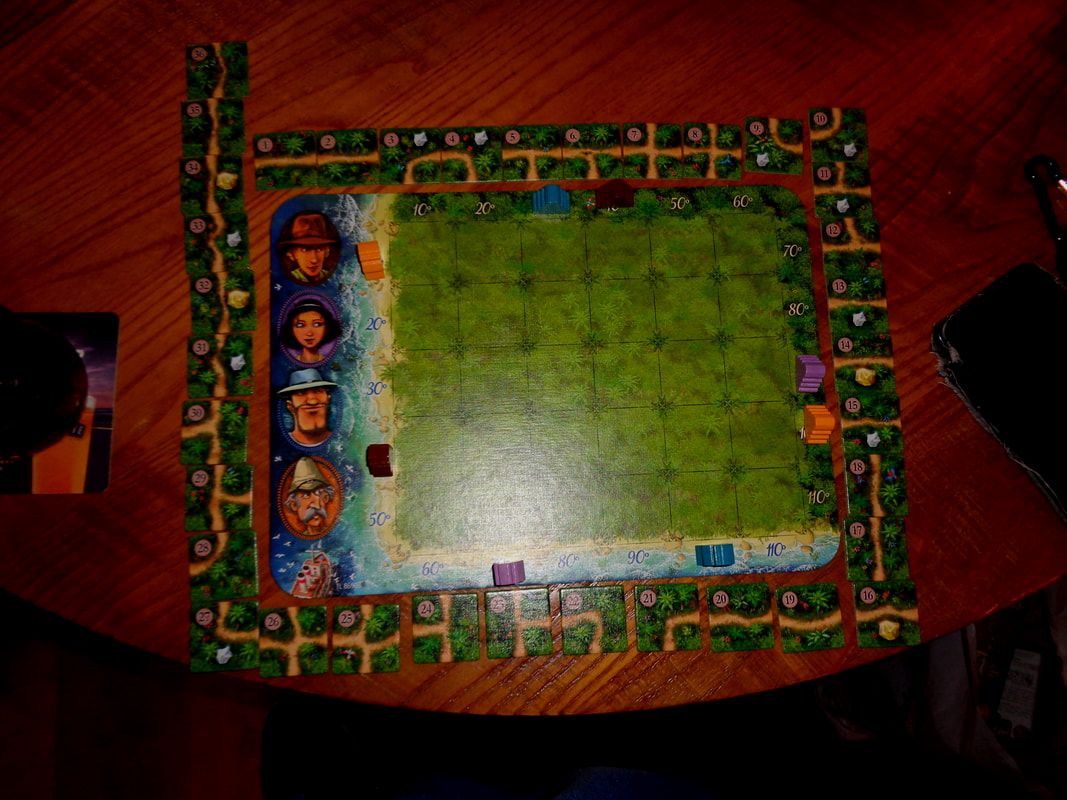
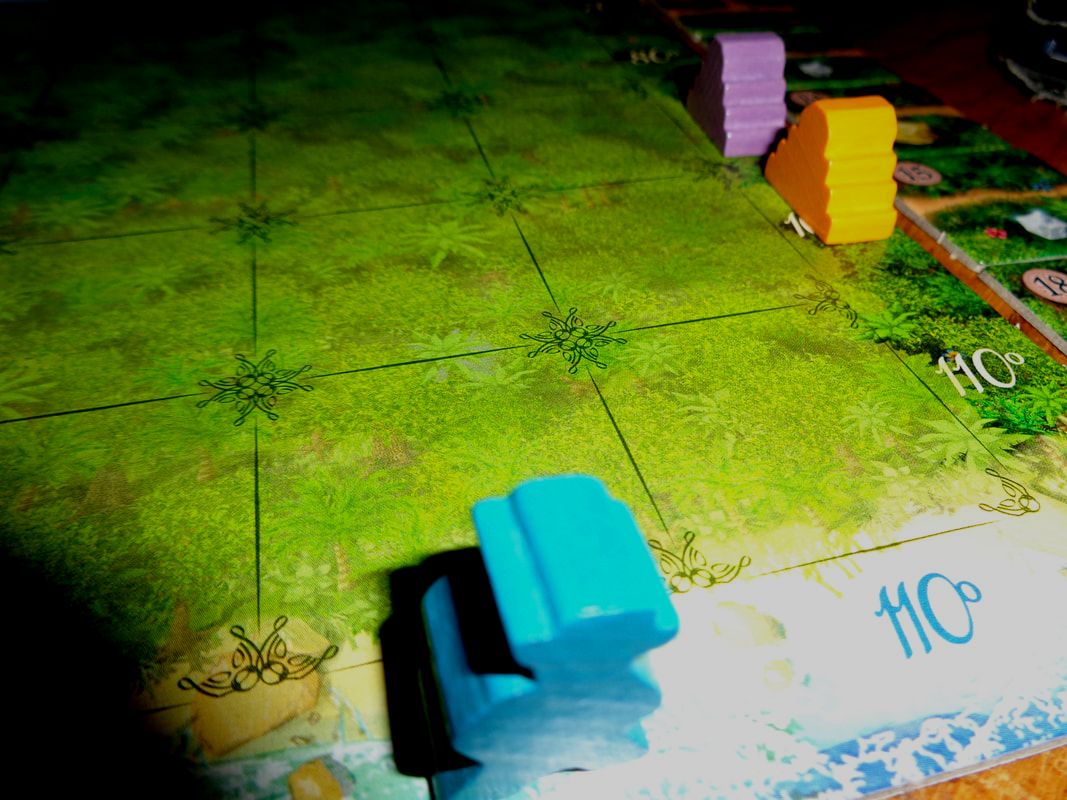
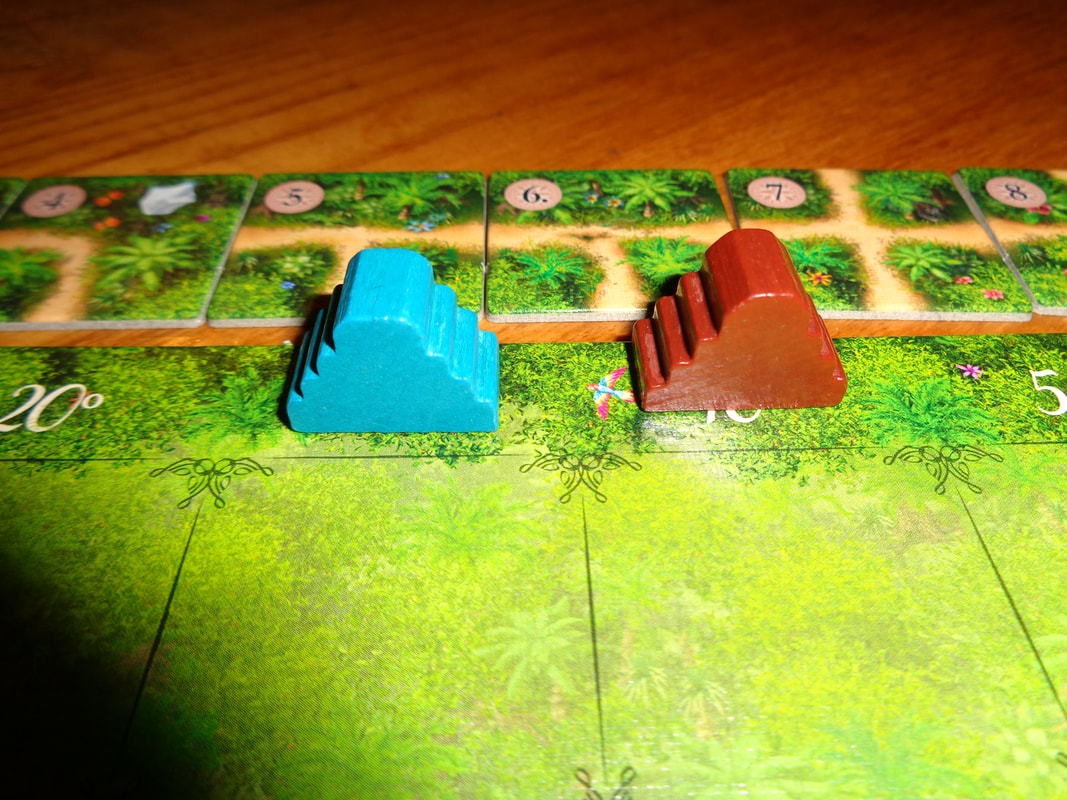
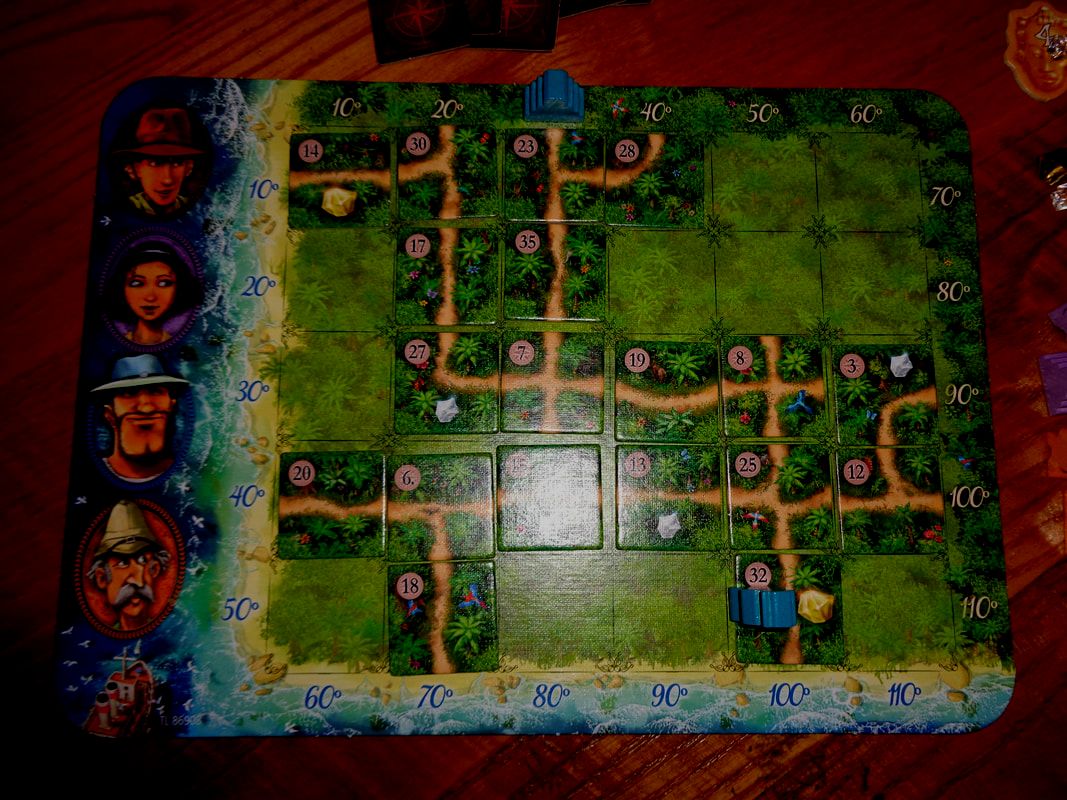
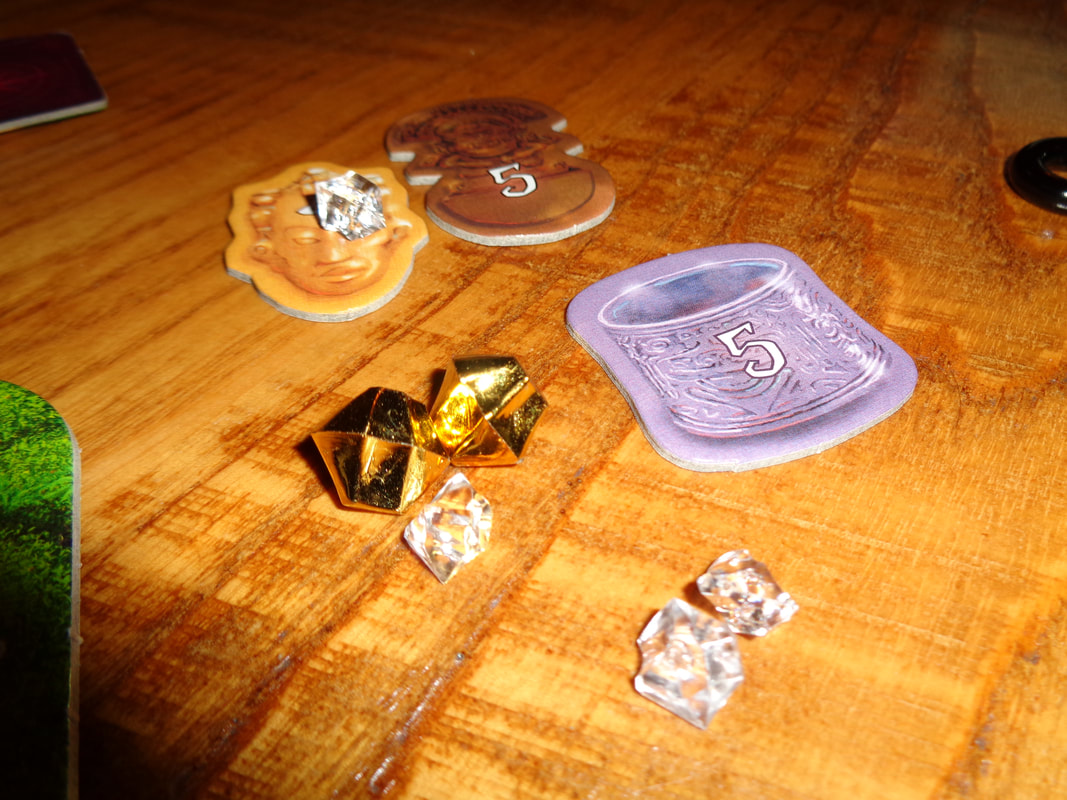
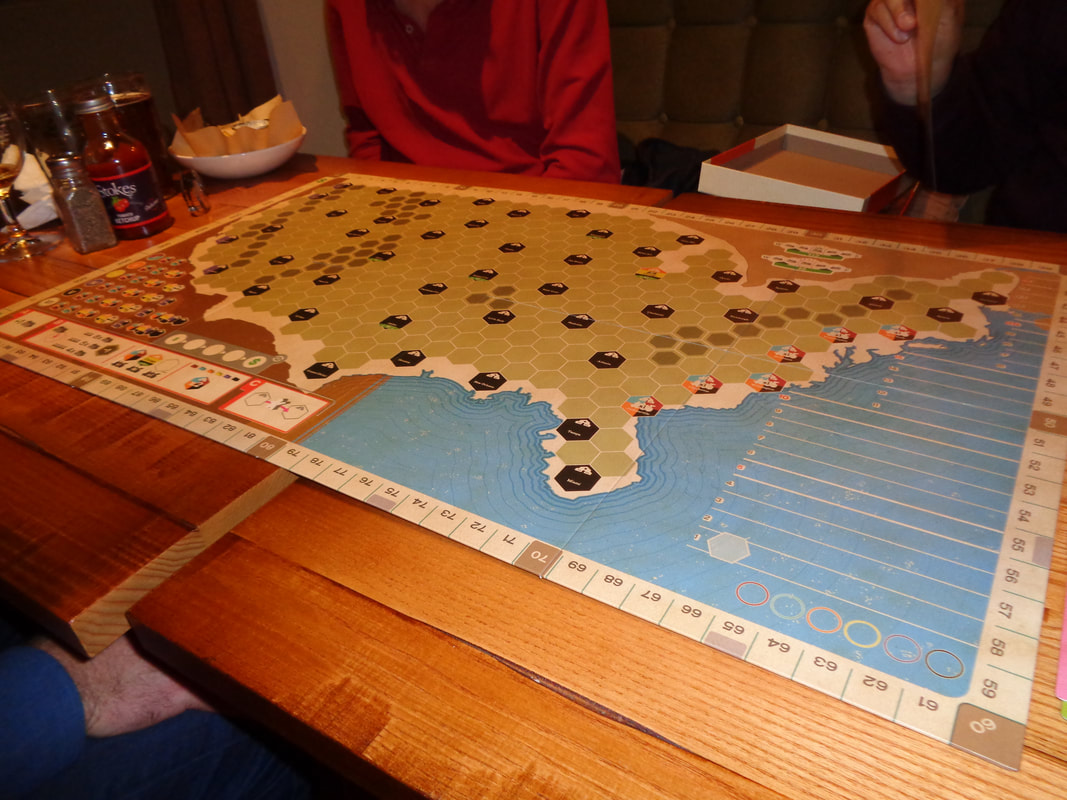
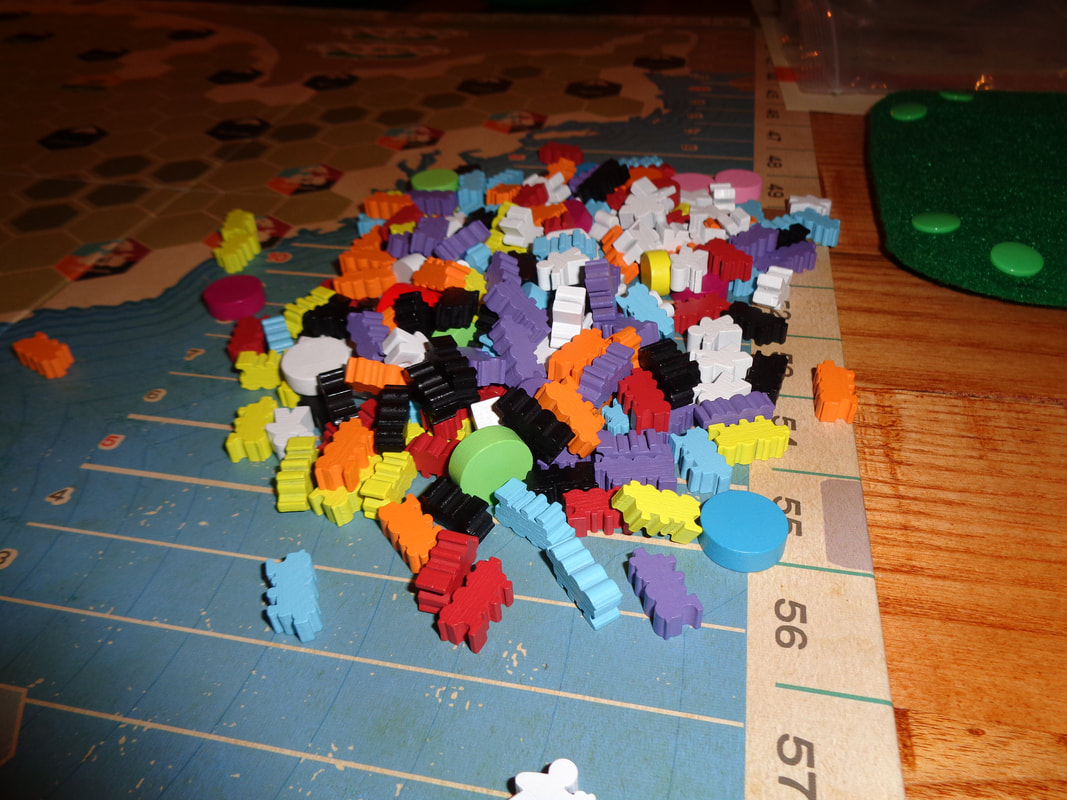
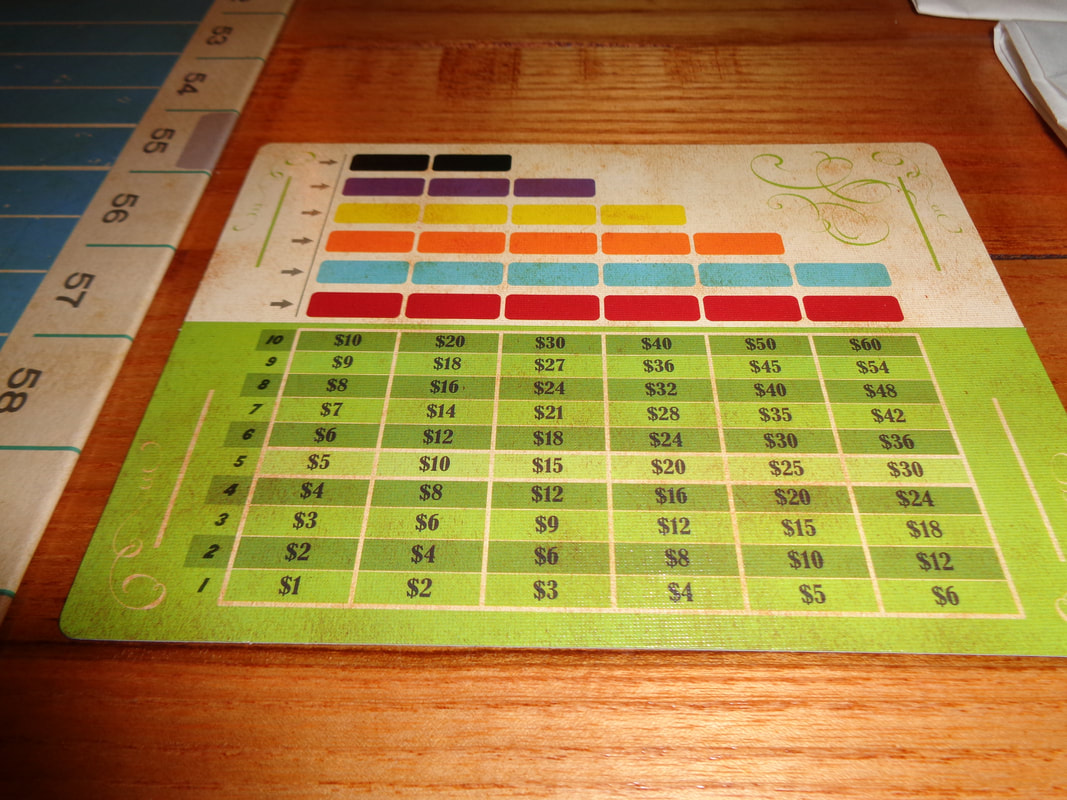
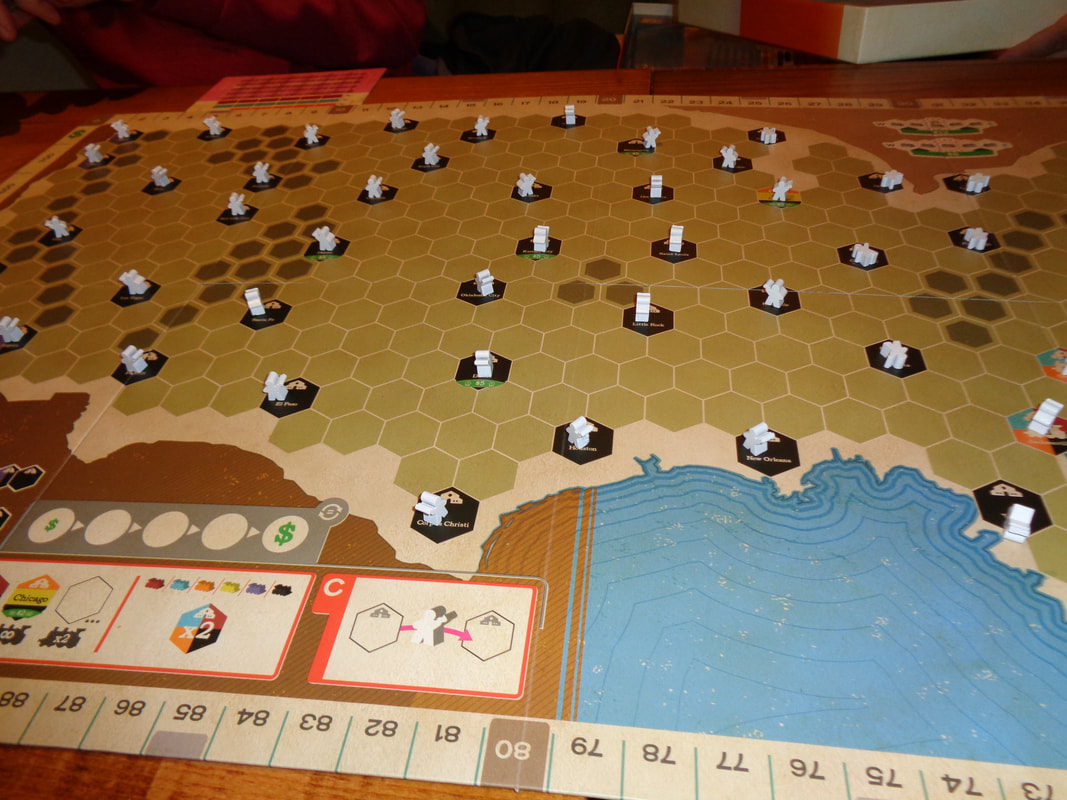
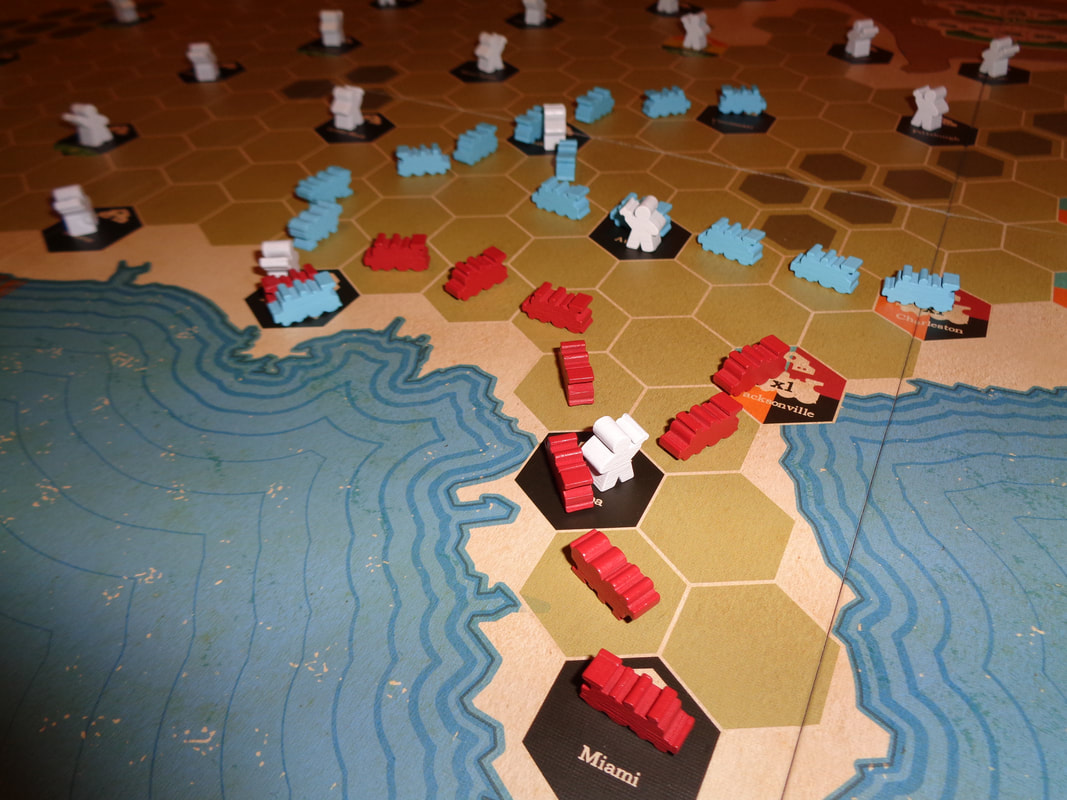
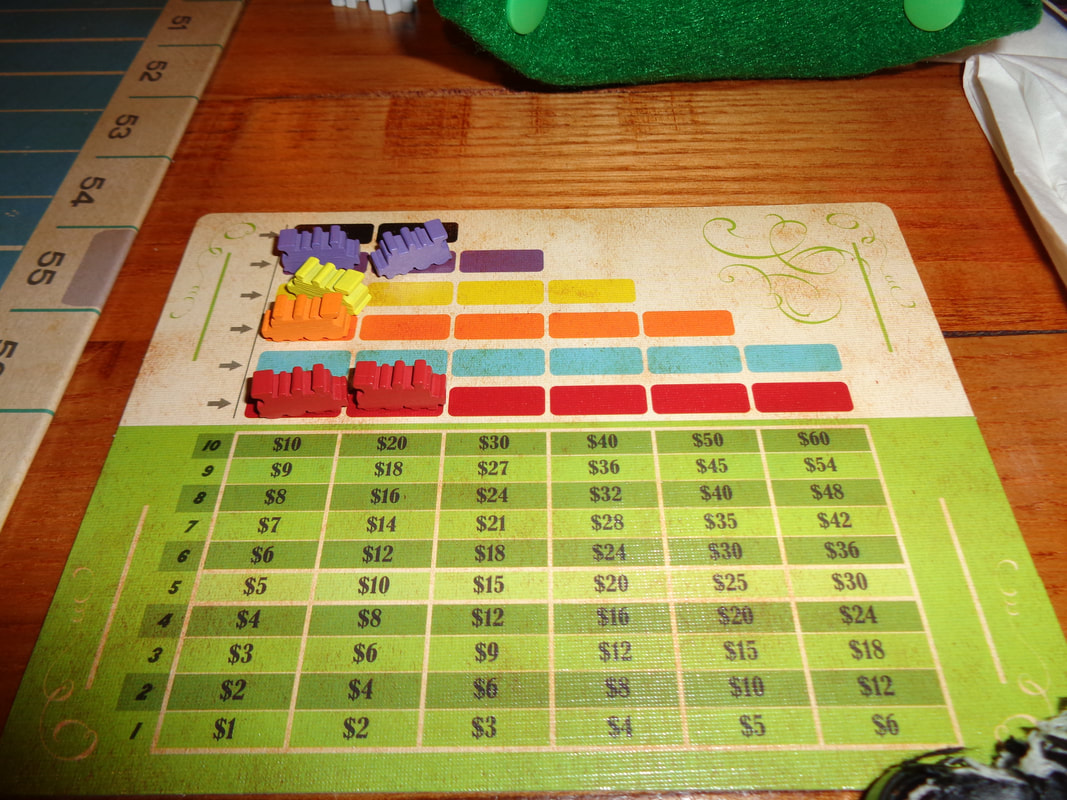
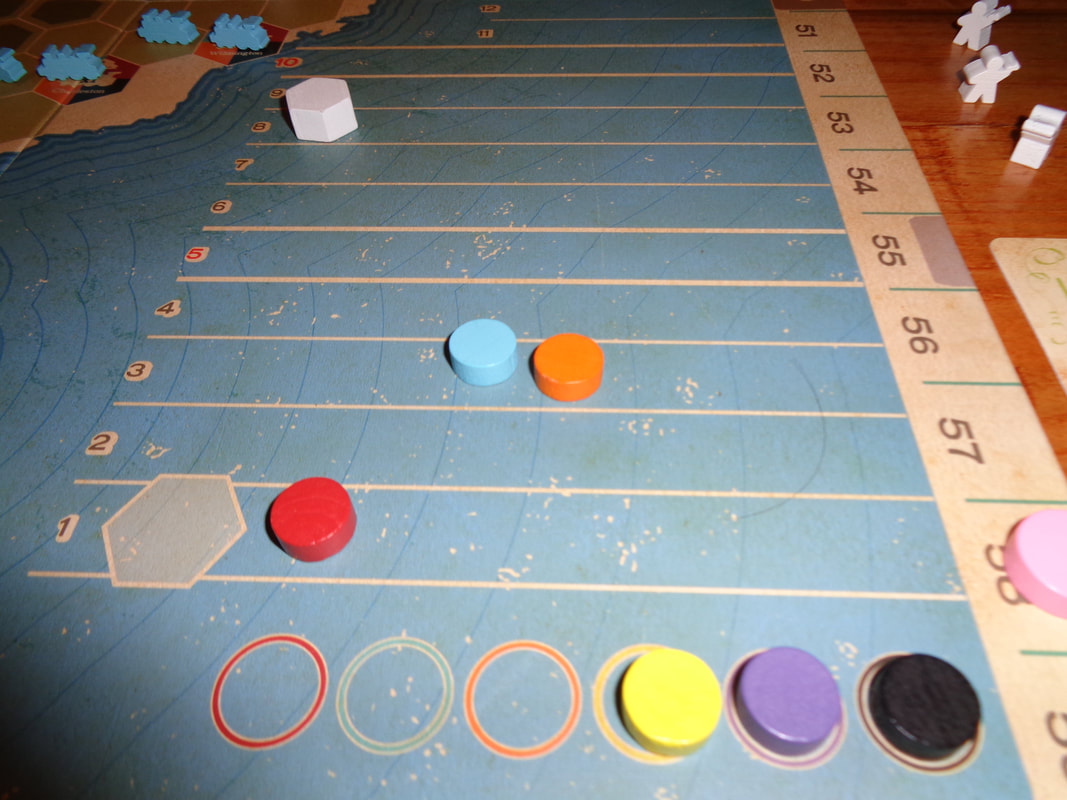


 RSS Feed
RSS Feed
